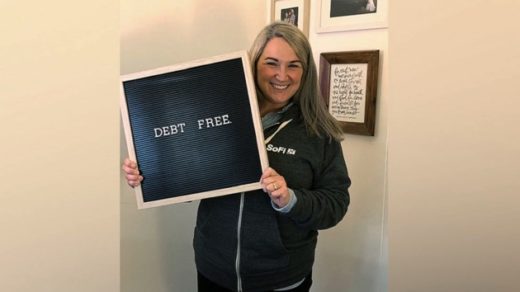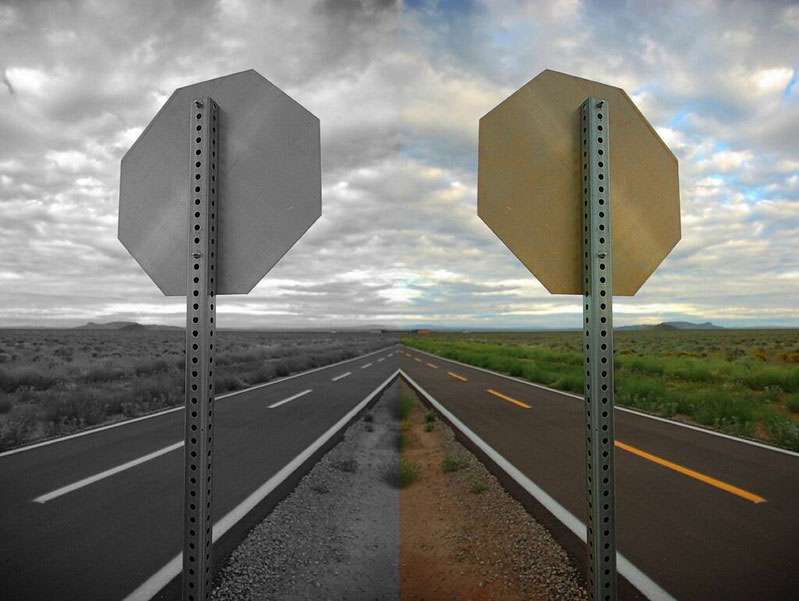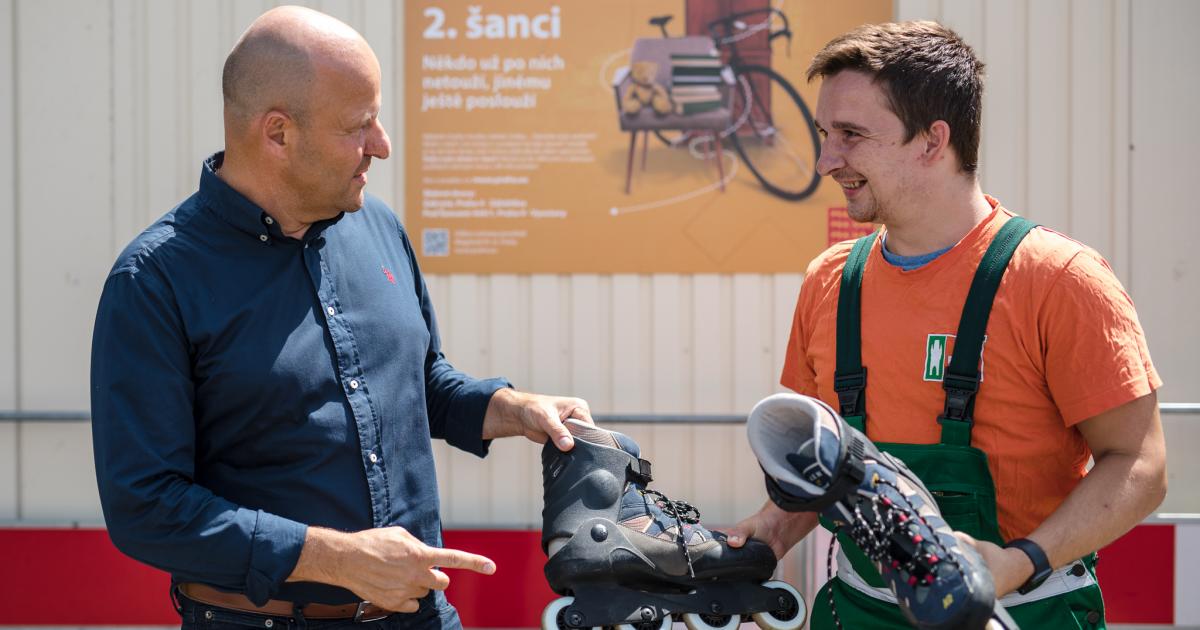(SAN DIEGO) – California mom enters 2022 debt free after paying off more than $ 70,000 in student loan and credit card debt.
Amanda Courtney, 36, of San Diego, said she started taking on debt upon entering college almost two decades ago.
“There was no way for me to go to college without taking out student loans, so I knew when I was applying for universities that I was going to have to take out loans,” Courtney told Good. Morning America. “I was kind of like, well, everyone takes out student loans, right? Its good.”
Courtney said she took out $ 15,000 in loans for her freshman year of college and then also got into credit card debt when at 18 she got a credit card without knowing how to budget and make payments.
Over the next several years, Courtney said she transferred to two different colleges, including at one point living at home and attending community college, to try and reduce her student loan debt.
When she graduated from college in 2008, the United States was in the middle of a financial crisis and Courtney said she couldn’t find a job. Without a job, she also couldn’t afford to pay off her student loans, she said.
“I kept going to school just so I could postpone my student loans because I couldn’t afford to make the minimum payments, while continuing to rack up more credit card debt,” he said. she declared. “And I just got deeper and deeper into debt.”
At 25, Courtney, who now works as an administrative assistant at a high school in San Diego, got an education job that allowed her to start paying off her debt, but only with the minimum payments each month. She said she quickly learned that even though she deferred paying her student loans by taking low-cost community college courses for several years, the interest on her debt continued to accrue.
“I postponed my loans, but I didn’t postpone the interest, so even though I postponed these payments, I was adding to my balance,” she said. “I didn’t have the financial literacy to understand what I was doing and all the implications of what I was doing. “
Courtney said that because the federal loans and grants did not cover all of her tuition, she got a loan from a private loan company that carried what she described as an “interest rate. foolish”.
In the United States, Americans owe nearly $ 1.8 trillion in student loans, according to the Federal Reserve.
Coming from a family that didn’t talk about finances or the budget, Courtney said she “really didn’t know” what she was getting into when she signed up for student loans.
“I didn’t understand the economy and the engagement,” she said. “I think I just had this false sense of security that I’m working and going to get a degree and then I’m going to have a job that can pay off the debt so it won’t be a big deal.”
“Then reality hits and you realize that’s not how it all works and my $ 15,000 loan very quickly becomes $ 30,000,” she said.
Things started to change for Courtney when she started dating her husband and they had conversations about their finances.
“I was like, very innocently, at the start of our relationship, ‘How much debt do you have?’” She recalls. “He looked at me very simply and said, ‘I have no debt. How much do you have?’”
Courtney said she made the decision at that point to be honest about her financial issues, and her husband today worked with her on a budget, the first time Courtney had her had done with his life.
“I really lived with this mindset that everyone lives with debt. Everyone has student loan debt. Everyone has credit card debt, ”she said. “After I had this conversation with my current husband, I started to think about money differently.”
With that foundation in place, Courtney spent nearly eight years paying off $ 50,000 in student loan debt and $ 12,000 in credit card debt.
She made her last student loan payment in September 2021.
“It took so long because I did it while living my life,” said Courtney, who married and gave birth to her first child and was at one point the sole source of income for his family during those eight years. “We built things into the budget, so I felt that freedom to go on with my life. “
Here are Courtney’s three tips for paying off your debt.
1. Create a budget that works for you.
“The first thing you need to do is be honest with yourself,” Courtney said. “So for me that meant pulling out all of my credit card statements and all of my student loan balances, and really looking at where I was and making a plan. “
Courtney is working on what she calls a zero balance budget, which means she directs every dollar in her paycheck to a specific place.
“Every month, a week before payday, I can actually see my paycheck, so on that day, I’m rebuilding my budget every month,” she said. “I watch what I get in versus what I get out and tell every dollar where to go.”
Courtney said she made sure that even though she focused on paying off her debt, she allowed herself to continue living her life.
“I was honest with myself and made a plan, but I made a realistic plan,” she said. “You have to afford to go to this lunch celebration with friends. You have to afford to buy yourself a new top every now and then.
Courtney loves to travel, for example, so she created a special travel savings account that she directed money into each month. She said this allowed her to continue traveling while being financially responsible.
“If I want to go somewhere, I see if I have enough money in that travel account to go there,” she said. “If I don’t, then I can’t go.”
2. Consolidate your loans, if possible.
A few years into her debt repayment journey, Courtney said she was able to consolidate her loans into one payment, making it easier for her to track and repay loans.
“It was so liberating,” she said.
The US Department of Education offers a no-charge direct consolidation loan.
3. Plan ahead instead of trying to catch up.
Courtney said she stayed on budget by learning to plan ahead for major events, like birthdays, holidays and vacations, instead of putting those expenses on credit cards.
“While I always wanted to treat the holidays as an emergency and put it on my credit card and just rain it down in various stores, all of a sudden it was like, ‘Oh, I should save some money. aside every month to get there and then look at what I have at the end of the year and see what I can afford to do for people, ”she said. “One of the years, while paying off my debt, I made all of my Christmas presents for my friends and family.”
“I always felt like I could give gifts, but I did it within my means,” she said.
4. Focus on small benchmarks first.
Courtney said she initially focused on paying off her credit card with the lowest balance so it felt like she was making progress.
“I continued to make minimum payments on my other [credit cards], but I really focused on this one because I wanted to feel accomplished, ”she said. “And when I paid that first credit card, I remember it was so good.”
“I started to think to myself, oh, I can do this, I can improve,” Courtney recalls. “Just with every little hint, it was so awesome and so exciting.”
Copyright © 2022, ABC Audio. All rights reserved.





/cloudfront-eu-central-1.images.arcpublishing.com/prisa/PWDR6XSIEZE6LL67LACMTKFWMQ.jpg)


/cloudfront-us-east-1.images.arcpublishing.com/tgam/746DEG5UMFL65GK3QCCCEQBFZQ.JPG)



